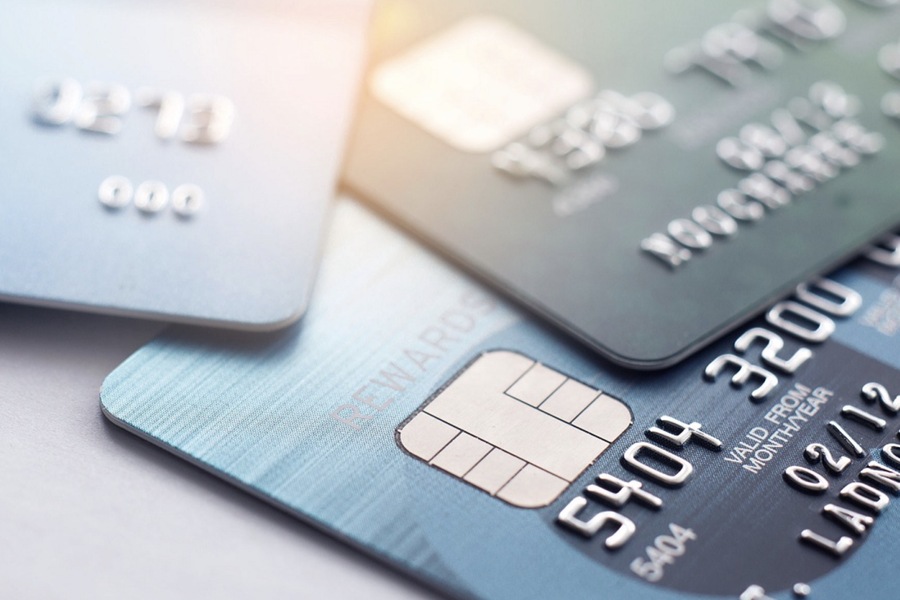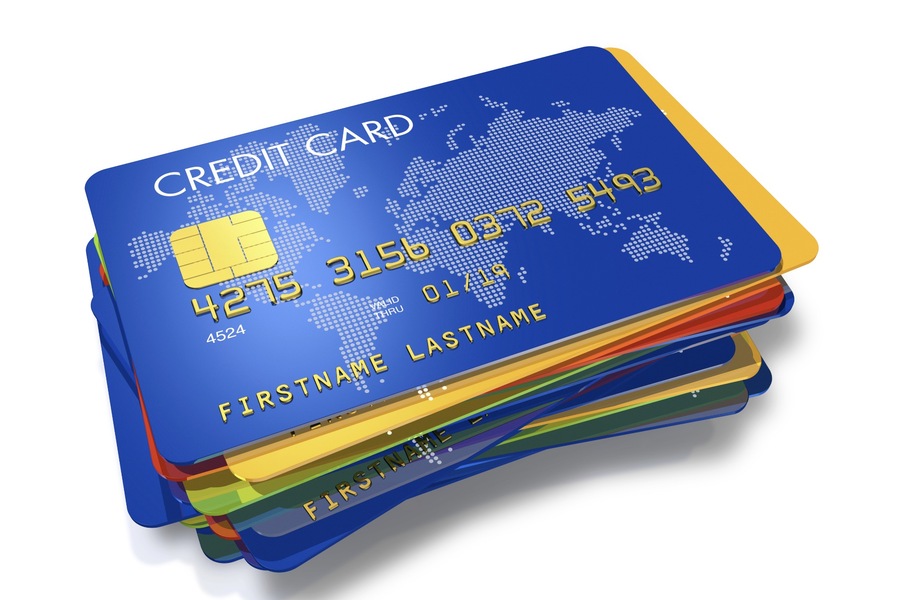
The Comprehensive Guide to Credit Cards
A credit card is a versatile financial tool, essentially a plastic card that allows you to borrow money from a bank to make purchases. Unlike debit cards, which draw funds directly from your own bank account, credit cards provide access to the bank’s money. This can be particularly useful for managing cash flow, making purchases when you don’t have enough money on hand, or even saving money through various rewards and benefits. Liv Bank offers credit cards that come with attractive cashback options, making them an excellent choice for savvy consumers looking to maximize their financial flexibility.
Credit cards operate on the principle of credit—an agreement where the card issuer lends you a certain amount of money, which you agree to repay under specific terms. The credit limit is the maximum amount you can borrow, and you are billed monthly for the purchases you make with the card. If you pay off the full balance each month, you avoid interest charges. If not, you will need to make at least a minimum payment, and interest will be charged on the remaining balance.
The Origins of Credit Cards
The concept of the credit card dates back to 1950 with the creation of the first universal credit card by Diners Club. According to legend, the idea sparked when the founder, Frank McNamara, forgot his wallet at home and was unable to pay for dinner at a restaurant. This incident highlighted the need for a payment method that was not limited by cash availability. The goal was to provide a convenient way for customers to pay without carrying physical money.
In 1951, Franklin National Bank on Long Island, New York, issued the first card that closely resembles the modern credit card. By 1952, around 28,000 consumers and 750 businesses were using these cards. The first plastic credit card, issued by American Express in 1957, marked a significant milestone, and within a year, half a million customers were using this new payment method.
Advantages of Credit Cards
Credit cards offer numerous benefits that make them an attractive financial tool:
- Simple Design: Obtaining a credit card is straightforward; you only need to present your passport. Approval decisions are quick, and no income certificate is required. This ease of access makes credit cards available to a broad range of consumers.
- Renewable Limit: Credit cards provide a renewable credit limit, allowing you to make unexpected purchases without needing to apply for a loan. Once you repay the borrowed amount, your credit limit is restored, providing ongoing flexibility.
- Grace Period: Many credit cards offer a grace period during which you can make minimal payments, typically around 3% of the amount spent, without incurring interest. This period can range from 21 to 55 days, depending on the card issuer, giving you time to pay off your balance without additional costs.
- Bonuses for Purchases: Credit cards often provide rewards such as cashback on purchases, making them a cost-effective payment method. Other rewards can include points redeemable for travel, merchandise, or gift cards, and discounts on specific products or services.
- Interest on Outstanding Balance Only: If you exceed the grace period, interest is charged only on the outstanding amount, not the entire credit limit. This means you only pay interest on the money you actually use, not the full potential borrowing amount.
- Credit History Improvement: Using a credit card responsibly can help improve your credit history, which is beneficial for securing favorable loan terms in the future. Timely payments and maintaining a low balance relative to your credit limit can positively impact your credit score.

Leading Credit Card Networks by Market Share
- Visa:
– Visa is the largest credit card network in the U.S. In 2020, Visa’s U.S. credit payment volume was $1.97 trillion, down from $2.15 trillion in 2019.
– There were 343 million Visa credit cards in circulation in the U.S. and 798 million outside the U.S. by the end of September 2020. Visa is known for its extensive acceptance network and robust security features.
- Mastercard:
– Mastercard’s U.S. credit purchases totaled $837 billion at the end of 2020, down from $909 billion in 2019.
– There were 249 million Mastercard credit cards in the U.S. and 725 million in the rest of the world as of March 2021. Mastercard offers a range of benefits, including global acceptance and a variety of reward programs.
- American Express:
– American Express cardholders in the U.S. spent $828 billion in 2019, but this figure dropped to $693 billion in 2020.
– By the end of 2020, there were 53.8 million American Express credit cards in circulation in the U.S. and 58.2 million globally. American Express is known for its premium customer service, extensive rewards programs, and travel benefits.

Credit Cards in the UAE
Credit cards have gained immense popularity worldwide, including in the UAE. Liv Bank in Dubai is one of the notable banks offering credit cards with attractive cashback rewards. These cards provide a convenient way to earn money back on your purchases, making them a beneficial option for savvy consumers.
In the UAE, credit cards are used widely for both online and offline transactions. Banks offer various types of credit cards to cater to different customer needs, including basic cards for everyday use, premium cards with luxury benefits, and business cards designed for corporate use. Some of the common features of credit cards in the UAE include:
- Cashback Offers: Many banks offer cashback on everyday purchases, such as groceries, fuel, and dining. This allows cardholders to save money on routine expenses.
- Travel Benefits: Premium credit cards often come with travel perks, such as complimentary airport lounge access, travel insurance, and discounts on flight bookings and hotel stays.
- Reward Points: Cardholders can earn reward points for every dirham spent, which can be redeemed for a variety of goods and services, including electronics, fashion, and dining vouchers.
- Zero Interest Installment Plans: Some credit cards offer the option to convert large purchases into zero-interest installment plans, making it easier to manage big expenses.
- Online Security: Credit cards in the UAE come with enhanced security features, such as EMV chips and OTP (One-Time Password) for online transactions, providing peace of mind to cardholders.
Conclusion
In conclusion, credit cards are a crucial financial tool that offers convenience, flexibility, and various rewards. Whether you’re looking to manage your finances better, earn cashback on purchases, or improve your credit history, a credit card can be an invaluable asset. With leading networks like Visa, Mastercard, and American Express, and innovative offerings from banks like Liv Bank in Dubai, the options are vast and varied to suit different needs and preferences.
As credit cards continue to evolve, they are likely to offer even more features and benefits, making them an essential part of modern financial management. Whether you are new to credit cards or looking to maximize the benefits of your existing cards, understanding the features, advantages, and proper usage of credit cards can help you make the most of this powerful financial tool.

Biker, vegan, music blogger, Bauhaus fan and Guest speaker. Performing at the crossroads of minimalism and programing to create great work for living breathing human beings. Nothing ventured, nothing gained.